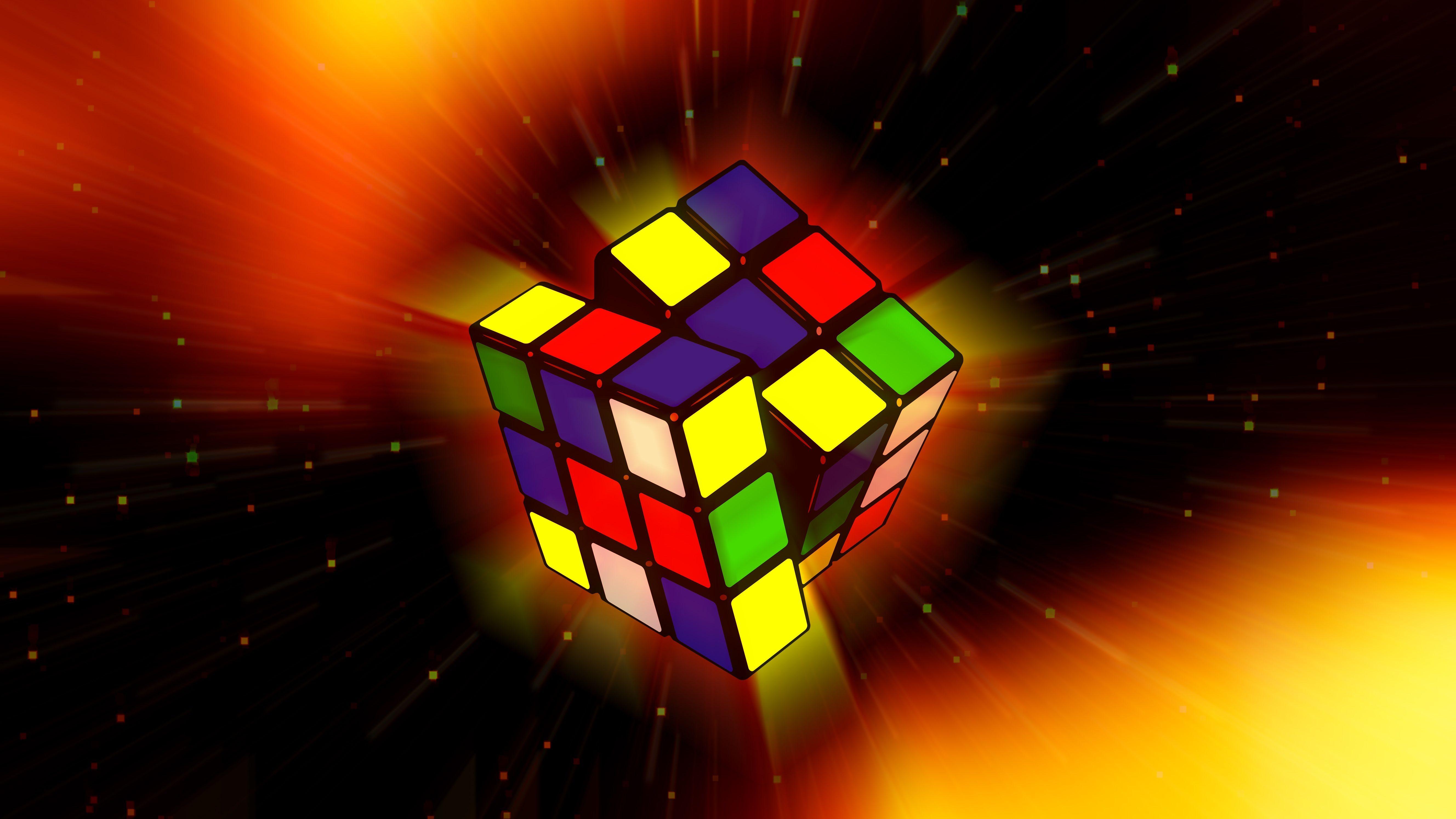In the world of puzzles and brainteasers, one activity stands out as both thrilling and mind-bending: speed cubing. This captivating pursuit, also known as the art of solving a Rubik’s Cube in record time, has grown in popularity and intrigue over the years. Speed cubing enthusiasts, armed with their trusty speed cubes, embark on a quest to unravel the secrets of solving the iconic puzzle as quickly as possible.
Speed cubing revolves around the idea of manipulating a Rubik’s Cube with incredible speed and precision. The puzzle, consisting of six faces with different-colored squares, may seem daunting to the uninitiated. However, speed cubers have mastered a series of algorithms and techniques that allow them to solve it within seconds. From beginners to seasoned professionals, speed cubers engage in a remarkable display of dexterity, spatial reasoning, and pattern recognition.
At the core of speed cubing lies the speed cube itself. Unlike the standard Rubik’s Cube, a speed cube is specifically designed to facilitate swift and fluid movements, enabling the solver to navigate through the numerous twists and turns effortlessly. These high-performance puzzles boast smooth rotations, reduced friction, and precise mechanisms, offering a distinct advantage to those aiming to break records and achieve lightning-fast solves.
With competitions spanning across the globe, speed cubing has evolved into a thriving community of dedicated solvers. Through friendly rivalries and camaraderie, participants push the limits of their abilities, honing their skills and striving for ever-improving solve times. From the intense focus exhibited during competitions to the exhilaration of setting new personal bests, speed cubing showcases the remarkable fusion of mental agility, muscle memory, and sheer determination.
Join us as we venture into the world of speed cubing, uncovering the techniques, training methods, and milestones achieved by these speed demons. Whether you’re a novice curious about the secrets of speed cubing or an aspiring record breaker seeking to sharpen your solving skills, this article will take you on an exciting journey through the art of fast solving. Get ready to delve into the fascinating universe of speed cubing and discover what it takes to break the barriers of time and conquer the Rubik’s Cube with astonishing speed.
History of Speed Cubing
The origins of speed cubing can be traced back to the invention of the Rubik’s Cube by Hungarian professor Ernő Rubik in the 1970s. Initially known as the "Magic Cube," it quickly gained popularity worldwide. Rubik’s Cube became a sensation, capturing the attention and curiosity of people across different age groups and backgrounds.
In the early years, solving the Rubik’s Cube was seen as a challenging and time-consuming activity. However, as more enthusiasts and puzzlers began to experiment with different solving methods, a new competitive mindset emerged. This marked the birth of speed cubing as we know it today.
The turning point came in the early 1980s when Jessica Fridrich, a Czech speed cuber, introduced a groundbreaking layer-by-layer method. This method, known as the Fridrich Method, revolutionized the world of speed cubing by significantly reducing solve times. The Fridrich Method became the foundation for many future speed cubing solving techniques.
With the advent of the internet and online communities, speed cubers from around the world began sharing strategies, algorithms, and tips to enhance their solving skills. Cubing competitions started to emerge at local and international levels where speed cubers could showcase their abilities and challenge each other’s times. These competitions further fueled the growth and popularity of speed cubing, leading to the development of specialized speed cubes designed for faster and smoother solves.
Today, the world of speed cubing continues to evolve rapidly. Speed cubers constantly push the limits of their abilities, utilizing advanced algorithms, finger tricks, and refined solving methods. As records continue to be broken and new techniques are discovered, the art of speed cubing remains an exciting pursuit for those seeking the thrill of solving the Rubik’s Cube at lightning speed.
Choosing the Right Speed Cube
When it comes to speed cubing, choosing the right speed cube can make all the difference in achieving those lightning-fast solve times. With numerous options available in the market, it can be overwhelming to find the perfect cube. However, with a little guidance, you can easily find the one that suits your style and preference.
Firstly, consider the type of speed cubes available. Different brands offer variations in design, mechanism, and features. Many speed cubers prefer cubes with a stickerless design as they eliminate the need for worrying about worn-out stickers. On the other hand, if you enjoy the traditional feel of stickers, there are options available as well.
Secondly, examine the cube’s overall feel and maneuverability. A speed cube should be smooth and easy to turn, allowing for effortless fingertip control. Look for cubes that have adjustable tension, as this feature allows you to customize the cube’s tightness or looseness to match your preference.
Lastly, take into account any additional features or innovations that may enhance your cubing experience. Some speed cubes have specific designs that reduce lockups and prevent pieces from popping out, contributing to a seamless solving process. The availability of various sizes can also be a consideration depending on your hand size and comfort.
By carefully considering these factors, you can select the speed cube that feels like an extension of yourself. Remember, finding the right cube is a personal choice, and what works for one cuber might not work for another. So, experiment, try different cubes, and eventually, you will find the one that helps you unravel the secrets of speed cubing efficiently.
Techniques for Fast Solving

Efficient Cross: One key technique for fast solving is to efficiently solve the cross. The cross refers to the first layer of the Rubik’s Cube, consisting of four edge pieces. By focusing on solving the cross quickly and efficiently, speed cubers can establish a solid foundation for the rest of the solve. Speed cubers often utilize intuitive methods or algorithms to quickly position and orient the cross pieces relative to each other.
Look-Ahead: Look-ahead is an essential skill that allows speed cubers to plan their moves ahead of time while executing algorithms. By constantly tracking the orientation and position of pieces during the solve, speed cubers can anticipate the most efficient moves to execute next. This skill requires a balance between speed and accuracy, as cubers must quickly assess the current state of the cube while planning future moves simultaneously.
Advanced Algorithms: Speed cubers rely on a combination of intuitive solving techniques and advanced algorithms to optimize their solving speed. Algorithms are sequences of moves that solve specific patterns or arrangements of cube pieces. Speed cubers memorize and practice these algorithms extensively to quickly execute them during solves. By expanding their algorithm knowledge and understanding, speed cubers can identify efficient algorithms for specific patterns and execute them swiftly.
3×3 speedcube
Remember, becoming a fast solver requires practice, dedication, and a deep understanding of the cube’s mechanics. By implementing these techniques and continually challenging oneself, speed cubers can unlock the secrets of fast solving and achieve impressive solving times with speed cubes.




